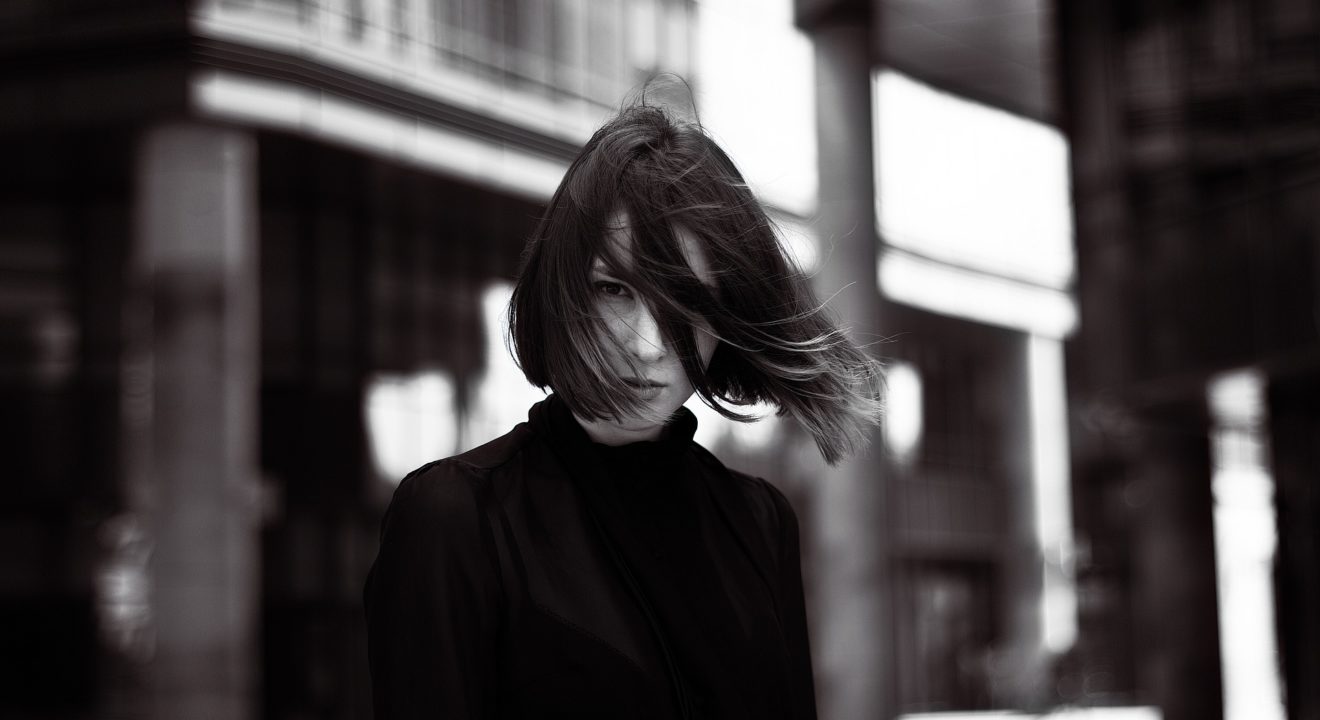Style August 12, 2016


Have any of your guy-friends sported a skirt recently? If not, perhaps they could follow in the fashionable footsteps of big-name celebs such as Kanye West, Jared Leto and Jaden Smith. These men strut their stuff on the red carpet in different variations of skirts, dresses and bows, unabashedly blurring society’s masculine-feminine boundaries.
When Acne Studios, a luxury fashion company, released a gender-neutral campaign in 2015, Jonny Johansson, Acne’s creative director, told Women’s Wear Daily, “The cut, the shape, and the character of the garment is the crucial thing, rather than seeking approval from society [to] follow set norms.” Lately, fashion is breaking boundaries between men and women’s clothing. Think, for example, about the rise of “boyfriend jeans” or “boyfriend cardigans” in popular stores, including Forever 21, Macy’s and H&M.
So what’s the deal with these new gender-neutral styles?
To begin, the word “androgyny” comes from the Greek word ανήρ, meaning man, and γυνή, meaning woman. According to Wall Street International (WSI), “androgyny” refers to “a combination of male and female characteristics … Androgynous is a person who does not fit in gender categories of masculinity and femininity, culturally defined and determined rules of how male and female should behave in the certain society and culture.” In simpler terms, Ruth La Ferla from The New York Times simply refers to this move as “the great gender blur.”
This push for gender “blurring” became most apparent when popular menswear lines such as Acne and Michael Kors started showcasing models wearing traditionally feminine clothing such as large, pink-colored coats and blouses with skirted hems at the bottom. However, many fashion influencers credit the gender-neutral movement to the increasing popularity of sportswear lines. According to a Racked interview with Rox Brown, a shopper and stylist at VFiles, this trend began when “sportswear made unisex a thing.” She claims, “If you think about sweats, hoodies, leggings underneath shorts – that’s a sports thing. That opened the gate.”
But as true as this may be, androgyny has actually been seeping its way through fashion’s cracks for years. According to WSI, skirt-pants (currently known as “culottes”) first entered mainstream fashion in the 1930s when Hollywood celebrities such as Marlene Dietrich started promoting androgynous style. Katherine Hepburn, a revolutionary Old Hollywood star, began wearing men’s button-up and trouser styles in the early 1930s. After World War II, Hepburn’s style became more popular as more women began working. Then, in the 1970s when David Bowie adopted his new identity, Ziggy Stardust, he began wearing high-waisted pants and dress shirts to his concerts. In 1997, Dennis Rodman was seen wearing a wedding dress. And in 2010, Andreja Pejić, an Australian trans woman conquered the fashion industry as an androgynous model.
Fashion often visually represents a dialogue already occurring in society. From the big fashion gurus to retail stores, gender neutrality has gained acceptance. HuffPost Style reports, “As women increasingly [attain] higher levels of education and professional status than men, LGBT rights continue to gain international traction, and antiquated gender roles are being thrown to the wind, fashion has come to reflect this.” As cultural values continue to change, fashion follows in their footsteps.
Overall, fashion is a form of self-expression. So it only makes sense that as more men and women question traditional gender binaries, age-old gender roles are dissolving. Will you get in on this trend?